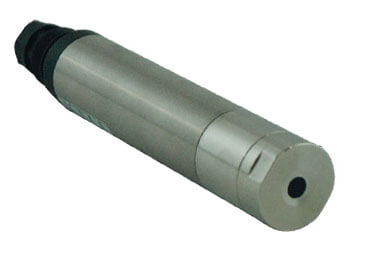
The oxygen content in liquids is measured with a system called Clark's cells. These cells generate an electrical current proportional to the oxygen partial pressure which can be evaluated with a suitable measurement converter.
In order to prevent interference effects on measuring, the Clark's cells are covered with a gas-permeable membrane. The membranes typically used are made from PTFE but, as this material is mechanically fragile, frequent changing is often necessary, along with the related “demanding” operations (interruption of measurement, electrolyte replacement, regeneration of the electrodes). The S423 solves this problem by using an OPTIFLOW™ membrane. This membrane is very mechanically stable, is manufactured as a laminate around a steel mesh and is very resistant to chemically aggressive environments as well as high pressures.
Thanks to the special construction of the measuring electrodes, this system also makes the sensor totally “maintenance free”.
Applications



